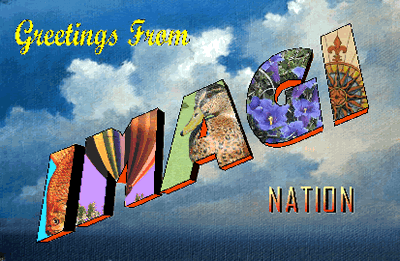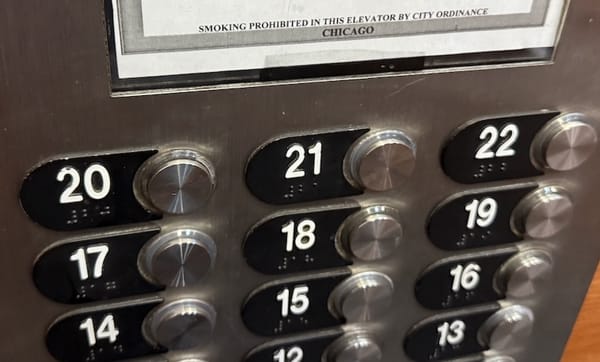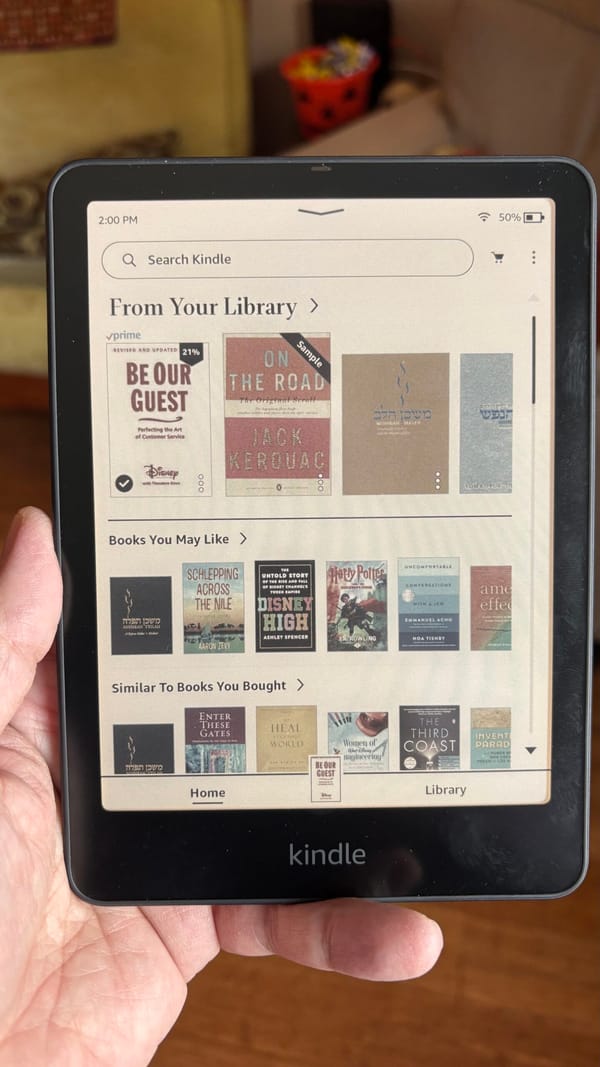Explaining the Chicago Children's Museum
On Friday, I was given unfettered access to interview the administrative staff of the Chicago Children's Museum. I wanted to learn about the museum's civic importance, programs, and reputation--all things Chicago dailies have ignored in their ongoing coverage of the controversy surrounding the museu

On Friday, I requested and was given unfettered access to interview the administrative staff of the Chicago Children's Museum (and why a local blogger and not a Tribune or Sun-Times reporter was the first person to do that is beyond me). I wanted to learn the point of the museum--its civic importance, its programs, its reputation. More than that, I wanted to figure out why instead of reporting on those things, in the midst of the ongoing controversy over the museum's proposed move from Navy Pier to Grant Park, Chicago's local dailies have instead dismissed the museum in language such as "a glorified activity center for kids" (Sun-Times).
I already knew the gist of their mission: "To create a community where play and learning connect." I also knew their history: founded in 1982 by a coalition of groups led by the Junior League of Chicago in response to cuts in arts funding by the Chicago Public Schools district. Not the first Children's Museum by any means (that was in Brooklyn), but likely the first to manage to create traveling exhibits while housed in a hallway at the old Chicago Public Library.
According to Elaine Bentley, longtime Director of Family Programs, from the beginning the museum sought to be a place where children could discover their creativity. "There are an awful lot of children who don't get that opportunity," she told me. "For financial reasons, for emotional reasons, because their parents 'super-book' them with activities. We don't see the value in simply telling a child 'good job'. We prefer language like, 'You put a lot of work into that drawing, tell me why you choose those two colors?'"
Natalie Bortoli, the Director of Student and Educator Programs, zeroed in on why. We talked about the direct correlation between play and learning, especially among early learners, the museum's main audience. According to Bortoli, when children are given a guided environment in which to express their creativity, hidden talents often emerge that help them be better thinkers, or problem solvers, or almost anything else you could imagine. "It's the theory of multiple intelligences, and it's what we base all of our exhibits and programs around."
As Bortoli continued, I was impressed to learn that all programs at the museum are designed to meet Illinois educational goals in a variety of areas--goals that are reinforced in the guided pre- and post-visit activities suggested to teachers in the museum's student-visit materials. But I was more surprised to discover that the Art Institute of Chicago and the Shedd Aquarium look to the Children's Museum for guidance on how to reach an early-learning audience. I asked why that's never appeared in a news story.
According to Natalie, for museum staff it's hard to know where to begin to tell their story. "When we get a new employee, it takes an entire day just to tell them about all the departments and programs."
"Don't you have an elevator pitch?"
"An elevator pitch?" asked Public Relations director Natalie Krieger.
"You know, a focused, 30-second speech that you can use to pitch the story of the museum to people who don't know what you do. Don't you have one?"
"With all of our diverse programming, I don’t know where we'd start. We usually use our mission statement."
That's the same resistance anyone unfamiliar with these common, 30-second marketing pitches usually gives. Last year, when I learned to write them in a (helluva useful) spring spent studying at Chicago's venerable Community Media Workshop, almost none of my mid-level nonprofit-manager classmates thought they could come up with one for their organizations. An afternoon of brainstorming happily proved, however, that each and every one of them could. Which is a good thing, since a mission statement so rarely--if ever--is written with the media in mind.
I pondered that and pressed on to learn more about the museum's message. I asked Creative Director Joan Bernstein whether she thought that after 25 years there was still a need that the Children's Museum was fulfilling. Her answer was emphatic. "Schools are even more standardized today, trying to fit kids into these expected, limited roles. There's a need for unstructured play opportunities where kids can lead the way. To chalk up play as being frivolous is to deny the impact play has on early childhood learning."
I told Bernstein it seemed to me that Chicago media were looking for a tangible product of the museum to report about, a sort of masterwork. The Field Museum has Sue. The Art Institute has the Impressionists. Finding nothing so obvious at the Children's Museum, could it be that the media were missing the whole point?
"We're like a launching pad for other museums. Kids learn how to be involved in a museum here and go on to those more adult museums as they grow."
"So maybe the product is the process?"
"Yes!"
Later in the day, I recounted to suburban hip-chick Val the "A-Ha!" moment I shared with Bernstein. Val countered with a question I hadn't anticipated. "Well, isn't it the media's job to figure out who the Chicago Children's Museum is, anyway?"
Well, no. Maybe in a perfect world. But in the real world of short attention spans, tight deadlines, and myriad competing agendas, I think it's reasonable for a reporter to assume that a citywide cultural institution will be able to clarify who and what they are over a quick fact-checking call. I suspect it's the lack of being able to do just that that has earned the Children's Museum so much negative column space: it’s criticism borne, simply, out of confusion.
It's not as if the Children's Museum isn't already proactive. Director of Cultural Programs Keith McCormick calls his title a misnomer. "I don't create programs. I spend my day brokering relationships between the museum and Chicago's cultural communities. Our cultural programs build themselves out of those relationships. I spend a lot of time out in the community, sometimes it's like I'm never in the office."
For McCormick, cultural programs at the museum are a way for children both to explore a window into other cultures and to experience the delight of having elements of their own cultures mirrored back to them in someone else's. "Kids have a natural curiosity, and we're a safe environment where they can ask questions."
And a fun environment, as well?
"The misconception is that play is play and learning is learning and that they don't meet. But they do. They absolutely do."
Leaving the museum, I was of two minds. I was astonished at the depth of the educational theory and the fervor of the public outreach that goes on there on the western end of Navy Pier. Yet I also had a funny urge to head back inside and shake someone (definitely not one of the brilliant, hard-working people I'd just met, but who is a good question).
While I don't have an opinion on whether the Chicago Children's Museum should move to Grant Park, I certainly am rooting for the museum to find its voice in the debate. Composing one well-focused elevator pitch could do wonders towards getting the museum and its mission understood by Chicago media--not to mention understood by rank-and-file Chicagoans.
Given the museum's all-encompassing mission and diverse programming, I can understand the overwhelm of museum staff in the face of such an endeavor. So while I was in the shower a few minutes ago, I decided to try my hand at the impossible, myself (after all, you have to start somewhere)...
"You know the delight you feel when you figure out a problem? Well the Chicago Children's Museum aims to give kids a fun environment to figure out the world around them. We do that because when young children discover learning can be fun, it frees their imaginations and unlocks hidden talents they can explore for a lifetime. We're kind of like a soccer coach for young minds. But instead of learning to play better, our little visitors are playing to learn better."
Then again, as Nelson Mandela said, it always seems impossible until it's done. And if I can do this with waterlogged ears (and did), think of the pitch your paid staff can come up with on dry land, dear CCM. It's time to focus and speak with one institutional voice. Your mission, your expansion, and your ability to continue to serve your little visitors deserve no less. I'm rooting for you. The batter's up. Time to focus.
Start pitching.




